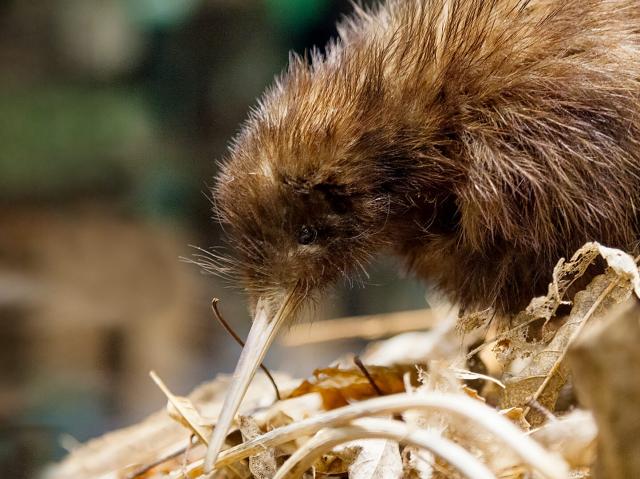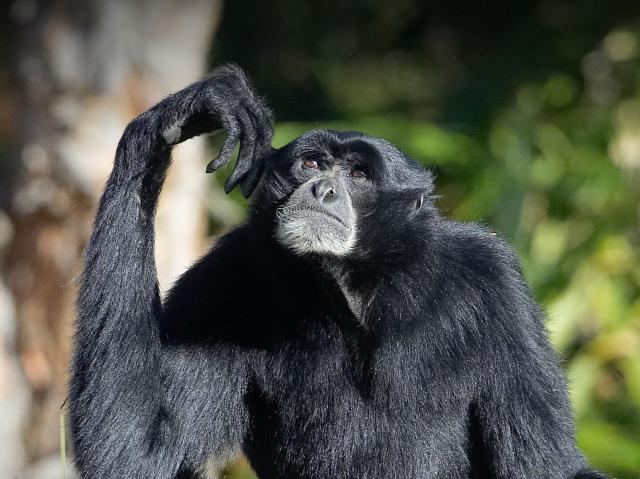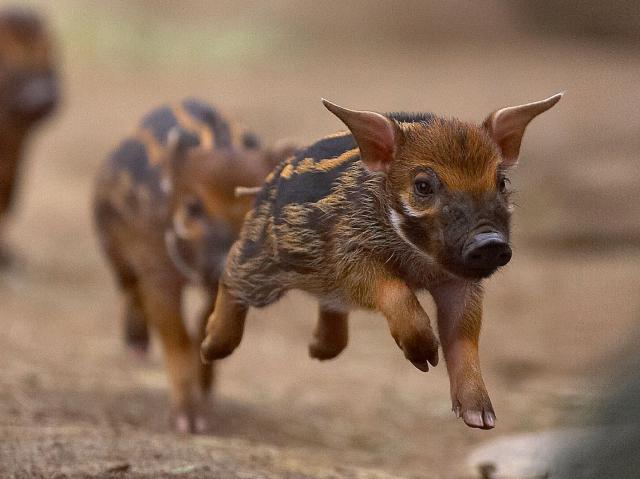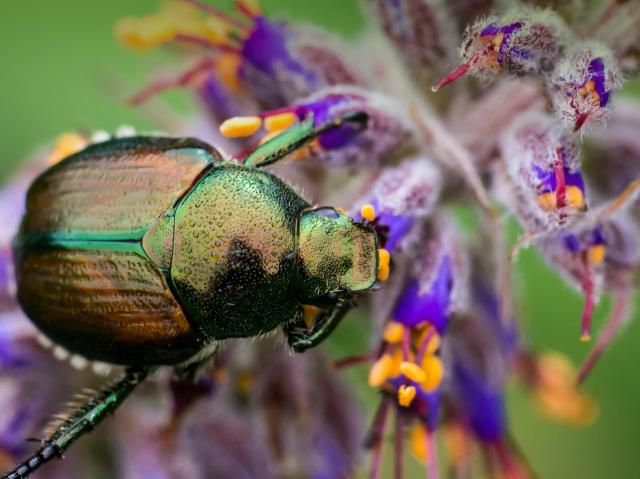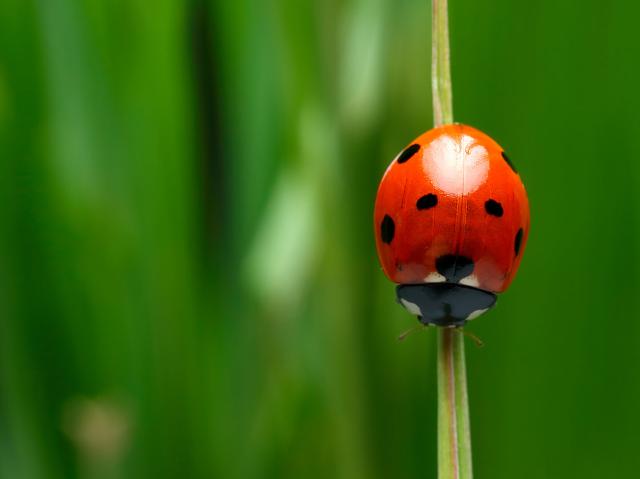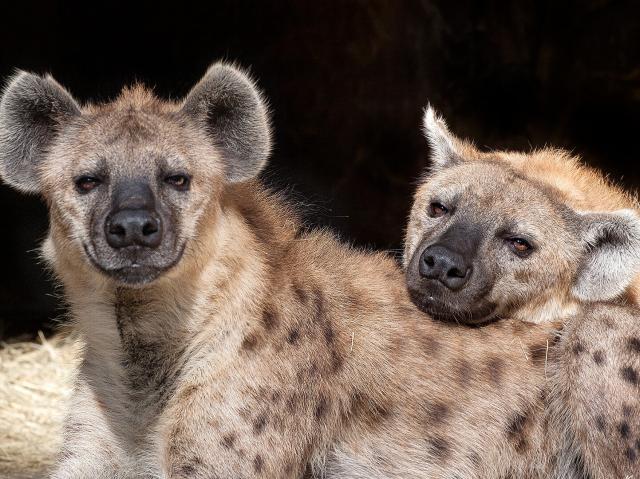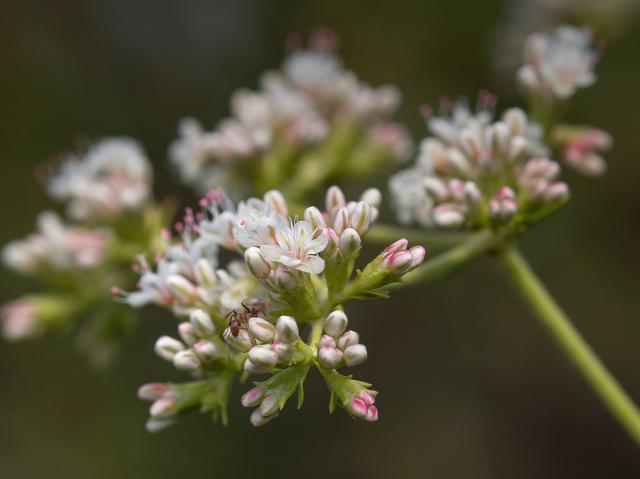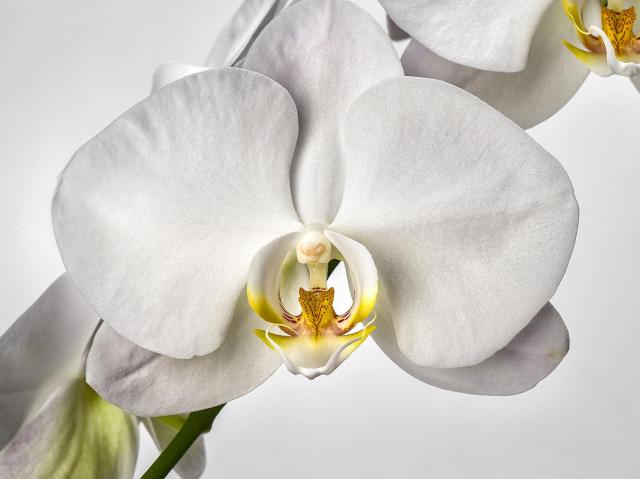
Geranium (Pelargonium)

- Division: Tracheophyta
- Class: Magnoliopsida
- Order: Geraniales
- Family: Geraniaceae
- Genus: Pelargonium
- Species: more than 200 species

Overview
Would a geranium by any other name smell as sweet? It does if it is a pelargonium! Wait—what was that again? The Geraniaceae plant family can be tricky for casual gardeners. It contains the genus Geranium, but those are different plants, commonly called cranesbills. It also contains the genus Pelargonium, which are the plants most people are familiar with, commonly called geraniums. Confused? Well, you can’t go wrong either way, since both groups are pretty plants with cheerful, brightly colored flowers. But if you’re looking for the typical garden-variety geranium, you’ll want to ask for Pelargonium.
Pelargoniums are a large and diverse group of evergreen and tender perennials largely native to South Africa. Over the years, a large number of cultivars have been developed from roughly 20 original species. These popular plants are a garden staple for hanging baskets, summer flowerbeds, and greenhouse displays. Pelargoniums also have a long history of use in herbal medicines, and some species provide aromatic oils that are used in fragrances.
Characteristics
Pelargoniums are a variable and diverse group. Their leaves can be rounded or hand-shaped, and they are frequently lobed or scalloped along the edges. The leaves have a distinctive smell when rubbed or pressed, and in many cultivars the scents are quite aromatic and distinctive. The leaves and stems of some species are semi-succulent to withstand drought, and some types have interesting markings or variegation.
The flowers of pelargoniums are what truly differentiate them from the Geranium genus. They have five petals, two upper petals that differ in color and pattern from three lower petals; Geranium species have symmetrical flowers with petals all the same size and shape. Pelargonium flowers have two to seven fertile stamens, while Geranium flowers have 10 or more. In addition, Pelargonium seeds have a plumed end, to help them float away on the breeze, while Geranium seeds lack the plume and are “flung” from the plant.
There are an extensive number of pelargonium hybrids to choose from. They are generally divided into six groups that have features in common.
- Regal pelargoniums: Derived mainly from the species P. grandiflorum and P. cucullatum, this group has toothed, smooth, and green or two-coloured leaves, with woody stems and a bushy growth pattern. They produce single, fairly large flowers in shades of mauve, pink, purple, or white.
- Angel pelargoniums: Derived from crossing regal pelargoniums with P. crispum. They closely resemble the regal group, but they have smaller flowers and more compact growth. They produce dense heads of foliage and the leaves are small, crinkled, and often lemon scented.
- Ivy-leaved pelargoniums: Trailing varieties with stiff, fleshy leaves and single or double flowers that are often bi-colored, in shades of red, pink, purple or white.
- Zonal pelargoniums: Mainly derived from P. inquinans and P. zonale. They are upright, bushy, and succulent-stemmed, with hairy leaves that often have dark striations. The single or double flowers form large, spherical clusters with a wide variety of colors.
- Scented pelargoniums: Shrubby evergreen varieties that are mainly cultivated for their scented leaves, which may be lobed, toothed, or incised and are sometimes variegated in color. Developed from P. graveolens and several other species.
- Unique pelargoniums: Specialized varieties that do not fall into the other categories.
Uses
Other than being grown for their beautiful contribution to gardens, pelargoniums are also cultivated for other purposes. Scented varieties are important in the perfume industry, and the product geranium oil is extracted from their leaves. The scents include lemon, lime, mint, pine, rose, cinnamon, nutmeg, strawberry, and apple, among others. Some of the main compounds of the essential oil produced by the leaves include citronellol, geraniol, eugenol, and pinene.
The leaves and flowers are also edible (although some people have sensitivities or allergies to them), and are used to flavor jelly, cakes, ice cream, and teas, among other foods. The varieties that produce scents of rose, lemon, and peppermint are most commonly used, along with those that have hints of peach, cinnamon, and orange.
Some pelargoniums are also thought to have antiseptic and antibacterial properties. Rose geranium Pelargonium graveolens is particularly used for skin care products such as lotions, soaps, and washes.
Cultivation
Pelargoniums grow best in neutral to alkaline, well-drained soil and preferably in a bright, sunny position. They are sensitive to cold and frost, and are best grown as annuals or brought indoors during the winter in cold climates. In warm climates, many pelargoniums are drought tolerant once established.
Our Collection
Since many pelargoniums have herbal uses, there are more than 30 varieties growing in the Safari Park’s Chandler Herb Garden, including scented ones that give off aromas of cedar, apple, rose, lime, nutmeg, and even chocolate mint. Many other pelargoniums are grown as landscaping plants throughout the Zoo and Safari Park grounds, adding splashes of color with their bright blossoms.
Pretty and Popular
The incredible diversity in habit, shape, size and color of true species pelargoniums have helped them remain popular for more than 300 years.
Out of Africa
The majority of true Pelargonium species are native to South Africa. There are also about 20 species in eastern Africa and a few others in Australia, New Zealand, Tasmania, Turkey, and Iraq.
Common Scents
In their native habitat, the scent of some Pelargonium species deters grazing animals, which seem to dislike the scent, but attracts insects to visit the bloom and pollinate the plant.



